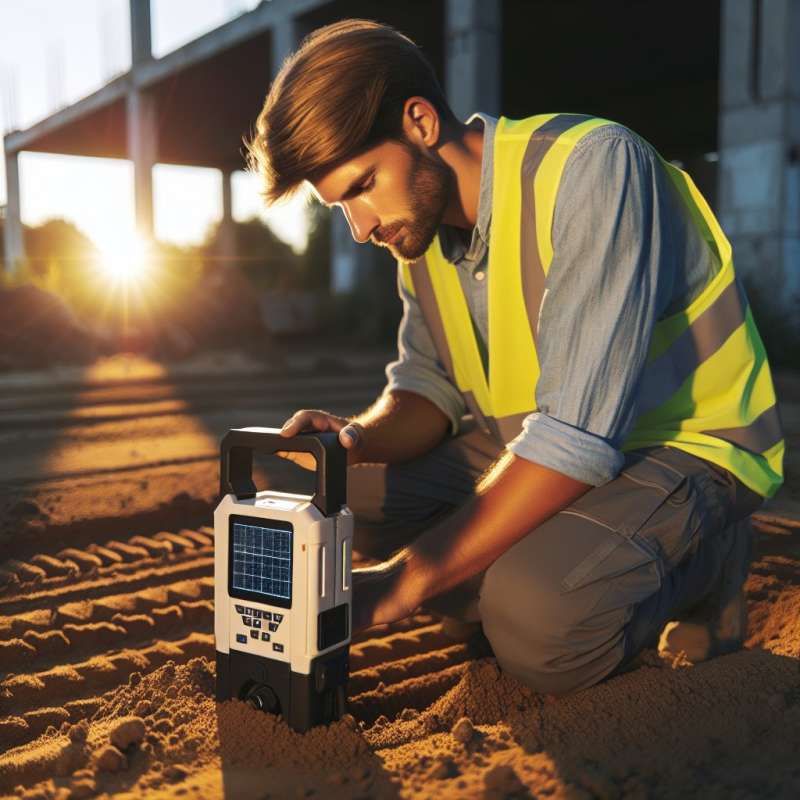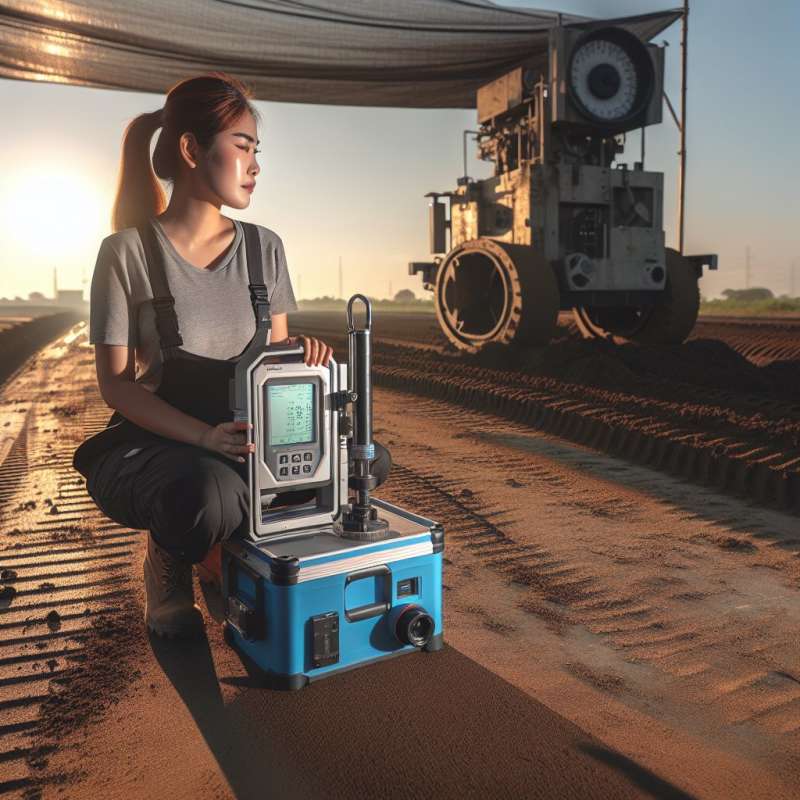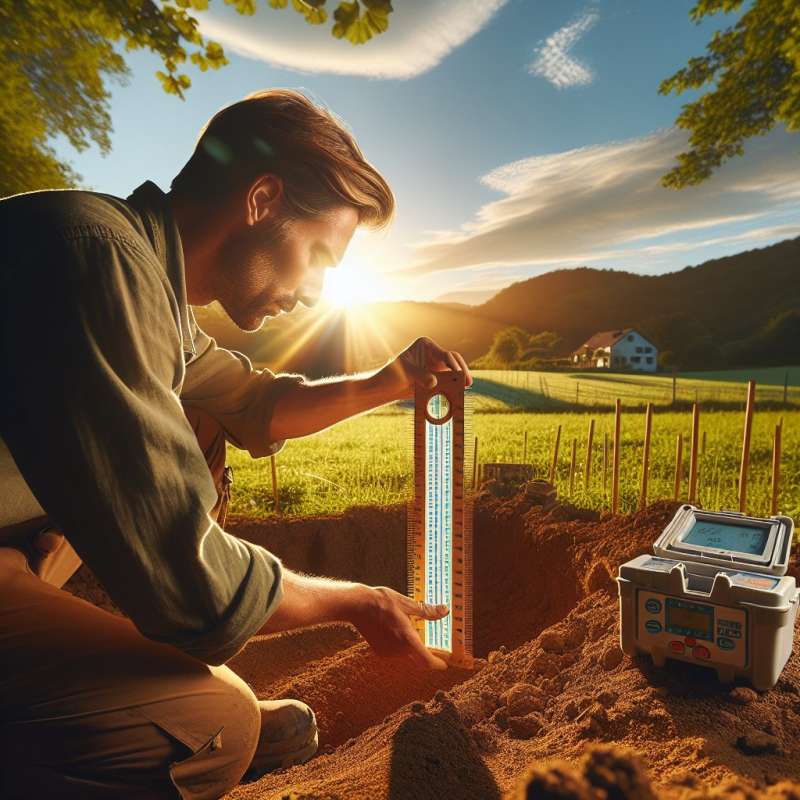
Introduction to LWD Strips
LWD, or Lightweight Deflectometer, strips are essential for measuring soil compaction on construction sites. This innovative technology ensures ground stability and construction quality.
How LWD Strips Work
LWD strips use a falling weight to impart a force onto the ground. Sensors measure the deflection response, which is indicative of the soil's compaction level and stiffness.
LWD Versus Traditional Methods
Unlike traditional plate load testing, LWD strips offer rapid, on-site results with no need for heavy equipment. This makes them a more efficient and cost-effective compaction assessment tool.
Advantages in Road Construction
In road construction, LWD strips help ensure the foundation layer's uniformity. This prevents future road damage from uneven compaction, reducing long-term maintenance costs.
Environmental Impact Reduction
Using LWD strips minimizes the environmental footprint of construction projects by reducing the need for large machinery and enabling precise soil compaction, which conserves resources.
Innovations in LWD Technology
Recent advancements include GPS integration for precise location tracking and wireless data transfer for immediate analysis, enhancing the efficiency of compaction quality control.
Future of LWD Strips
Future developments may see LWD strips becoming part of an integrated, automated system for real-time construction monitoring, revolutionizing the industry's approach to ground preparation.
What do LWD strips measure?
Soil moisture levels
Ground stability, construction quality
Air temperature changes
Company